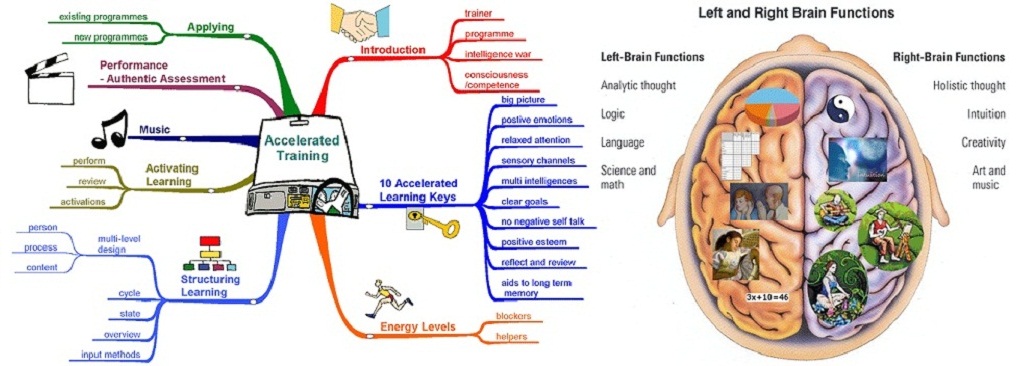Speed Reading
Speed Reading can help you to read and understand written information much more quickly. This makes it an essential skill in any environment where you have to master large volumes of information quickly, as is the norm in fast-moving professional environments. What's more, it's a key technique to learn if you suffer from "information overload", because it helps you to become much more discriminating about the information that you consume.
The Key Insight
The most important trick about speed reading is to know what information you want from a document before you start reading it. If you only want an outline of the issue that the document discusses, then you can skim the document quickly and extract only the essential facts. If you need to understand the real detail of the document, then you need to read it slowly enough to gain the full understanding you need.
You will get the greatest time savings from speed reading by learning to skim excessively detailed documents, although the techniques you'll learn will help you improve the speed of all the reading you do.
Technical Issues
Even when you know how to ignore irrelevant detail, there are other technical improvements you can make to your reading style which will increase your reading speed.
Most people learn to read the way young children read – either letter-by-letter, or word-by-word. As an adult, this is probably not the way you read now: Just think about how your eye muscles are moving as you read this. You will probably find that you are fixing your eyes on one block of words, then moving your eyes to the next block of words, and so on. You are reading blocks of words at a time, not individual words one-by-one. You may also notice that you do not always go from one block to the next: sometimes you may move back to a previous block if you are unsure about something.
A skilled reader will read many words in each block. He or she will only dwell on each block for an instant, and will then move on. Only rarely will the reader's eyes skip back to a previous block of words. This reduces the amount of work that the reader's eyes have to do. It also increases the volume of information that can be assimilated in a given period of time.
A poor reader will become bogged down, spending a lot of time reading small blocks of words. He or she will skip back often, losing the flow and structure of the text, and confusing his or her overall understanding of the subject. This irregular eye movement makes reading tiring. Poor readers tend to dislike reading, and they may find it harder to concentrate, and understand written information.
How to Use Tool
Speed reading aims to improve reading skills by:
Increasing the number of words read in each block.
Reducing the length of time spent reading each block.
And reducing the number of times your eyes skip back to a previous sentence.
These are explained below:
- Increasing the number of words in each block:
This needs a conscious effort. Try to expand the number of words that you read at a time: With practice, you'll find you read faster. You may also find that you can increase the number of words in each block by holding the text a little further from your eyes. The more words you can read in each block, the faster you will read!
- Reducing fixation time:
The minimum length of time needed to read each block is probably only a quarter of a second. By pushing yourself to reduce the time you take, you will get better at picking up information quickly. Again, this is a matter of practice and confidence.
- Reducing skip-back:
To reduce the number of times that your eyes skip back to a previous sentence, run a pointer along the line as you read. This could be a finger, or a pen or pencil. Your eyes will follow the tip of your pointer, smoothing the flow of your reading. The speed at which you read using this method will largely depend on the speed at which you move the pointer.
You will be able to increase your reading speed a certain amount on your own by applying these speed reading techniques.
What you don't get out of self-study is the use of specialist reading machines and the confidence gained from successful speed-reading – this is where a good one-day course can revolutionize your reading skills.
Key points:
By speed reading you can read information more quickly. You may also get a better understanding of it, as you will hold more of it in short term memory.
To improve the speed of your reading, read more words in each block and reduce the length of time spent reading each block. Use a pointer to smooth the way your eyes move and reduce skip-back.

